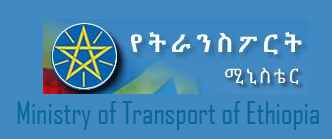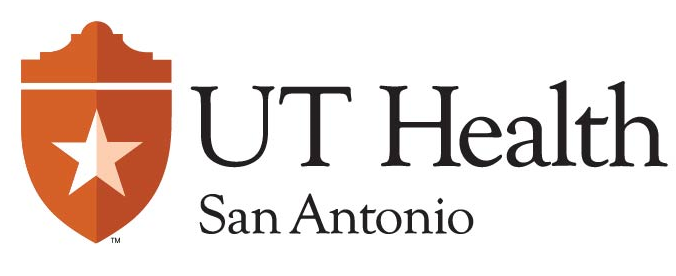The Healthcare Gap
The country of Ethiopia is located in the eastern part of sub-Saharan Africa with the majority of its population living in rural areas. The health system of the country is underdeveloped and there is a significant shortage of healthcare workers. Maternal mortality is high and diseases such as AIDS and tuberculosis are a significant concern. Poverty and lack of infrastructure contribute to the country’s gap in providing efficient and effective healthcare to its people. The government and all stakeholders need to put more effort into improving the system to meet these pressing healthcare needs.
Of the total population of Ethiopia (105 million), 79% live in rural areas while about 20.8% live in urban or peri-urban settings ("WHO | Ethiopia"). Regarding health facilities, there are 1600 health posts, 3335 health centers, and 156 hospitals in the country. The ratio of health facilities to population is 1:5,416 for health post and 1:26,390 for health centers and 1:586,740 for hospitals ("WHO | Ethiopia"). Many of the healthcare facilities suffer a significant shortage of medical supplies and drugs.
The goal of our organization is to support healthcare trainees and providers in establishing evidence-based methods of patient-centered care that improve quality and extend access to care across the country.

Dr. Fassil B. Mesfin
MD, PhD, FACS, FAANS, Board Certified Neurosurgeon, USA
There are 4,197 physicians for the entire country of Ethiopia, which is a physician to population ratio of 1:20,970. With lack of infrastructure such as roads, clean water, hospitals, and adequate qualified health professionals, a perilous health situation exists for the people. The access to the health coverage is less than 20% with the health care system practicing an out of pocket model. Healthcare access is even worse in the rural areas.
Ethiopia has one of highest maternal and children mortality rates. WHO has a target of reducing maternal mortality to 70 per 100,000 live births. While that of Ethiopia still stands at 353 per 100,000 live births (2015). Infant mortality rate in Ethiopia is 59 per 1000 live births and under five mortality rates is 88 per 1000 live births. Some of the leading causes of children morbidity and mortality include respiratory tract infections (pneumonia), diarrheal diseases, malaria and meningitis. The majority of the deaths are related to malnutrition. The majority of maternal mortality is attributed to pregnancy, labor and delivery complications.
Regarding medical services, the World Health Organization has a goal of attaining universal health coverage UHC. It entails the provision of financial risk protection, availability of essential health care services, and provision of affordable medicine and vaccines to everybody ("SDG 3: Ensure Healthy Lives And Promote Wellbeing For All At All Ages"). Even though there has been significant progress made in the last few years, there is still more that needs to be done to attain this goal.
An important barrier to providing universal health coverage for the people of Ethiopia is the health gap related to human resources. The density of health workers to the population stands at 0.96:1000. This density is far below the African density of 2.2:1000 people and the recommended World Health Organization density of 4.45:1000. These disparities indicate that there is a health gap of about 30,000 health workers.
There are some actions that the government and all stakeholders need to implement in order to reduce these health gaps. Firstly, the government should invest in providing more resources for training doctors, nurses, and health officers. It is estimated that the country needs to produce about 30,000 workers within the coming twelve years in order to reach the WHO’s threshold by the year 2030. Secondly, Ethiopia needs to build more medical facilities especially in rural areas (Ministry of Health). Thirdly, the health sector needs to reform its leadership system. Lastly, the country should upgrade the health professions curricula and training environment to meet the international standards.
The goal of our organization is to support healthcare trainees and providers in establishing evidence-based methods of patient-centered care that improve quality and extend access to care across the country.
Useful information
- Category Download: Neurosurgical Care Mission to Ethiopia
- General Nuro
Spine
- Update Date 14 March, 2022
- Visit Website















